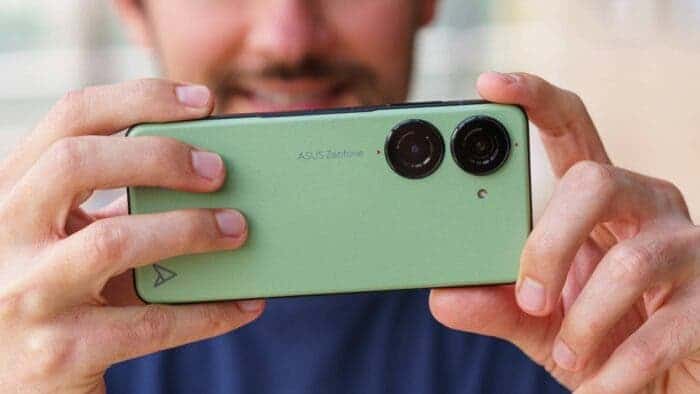Asus has recently launched a flagship device that does not really look like one. The Asus Zenfone 10 was launched on the 29th of June 2023 with top-notch specifications. The smartphone excels in every flagship feature as long as modern smartphone is concerned. Considering the price which hangs around 800 EUR, this smartphone should have clearly been one of the best-selling smartphones this year. However, things might even turn out getting worse for the company when it comes to the sales of the Asus Zenfone 10.
So, what could really affect the sales of this smartphone? We will soon get to that point. But before that, let’s take a quick look at some of the great specifications of this smartphone.
Specifications of the Asus Zenfone 10 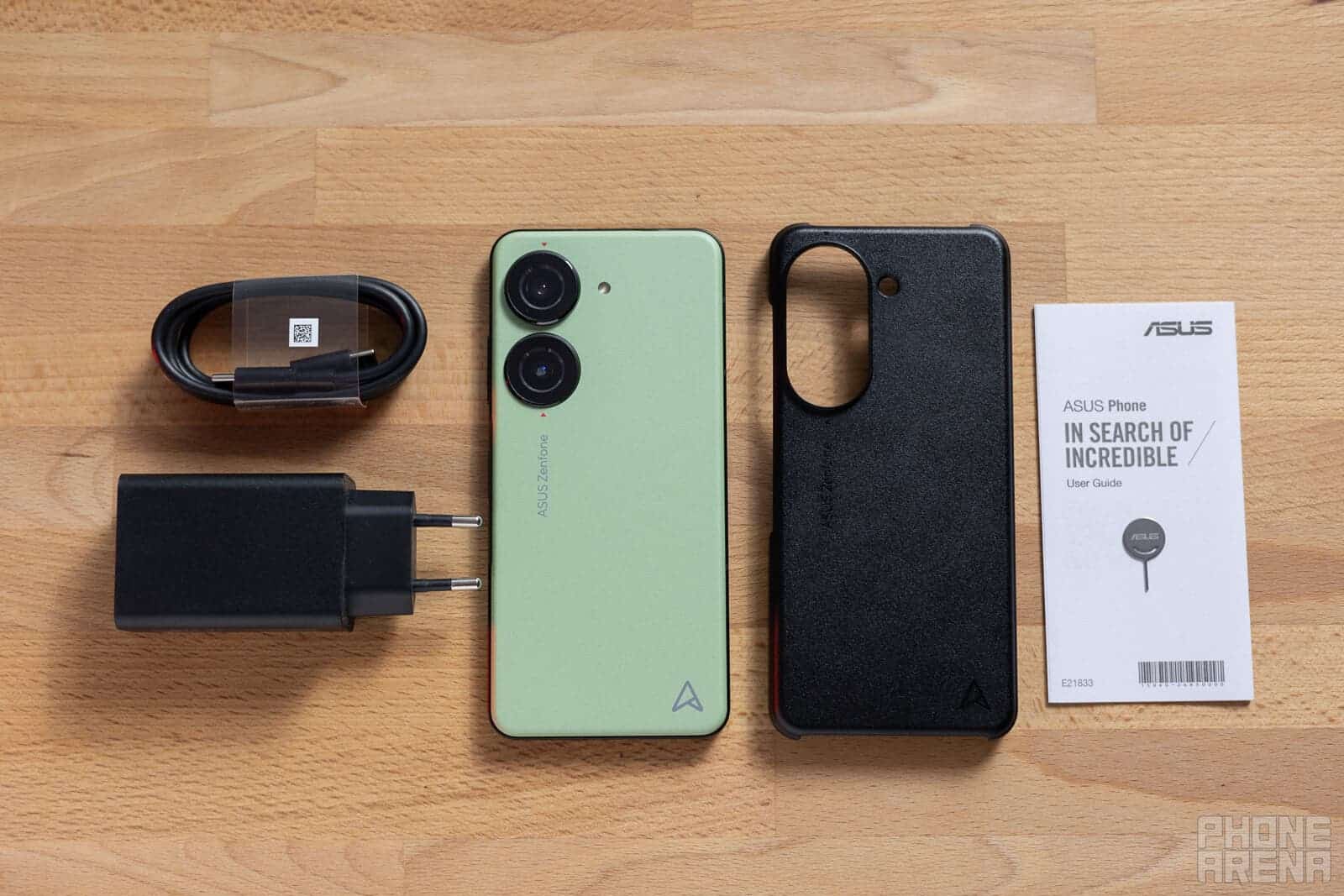
As stated earlier, the Asus Zenfone 10 packs-in some impressive flagship specifications. First of all, it features the latest Snapdragon 8 Gen 2 chip with 16GB of RAM. It features a 5.92 AMOLED display with 144Hz refresh rate and 445ppi pixel density. The display peaks at a resolution of 1080 x 2400 pixels with support for HDR10+ and brightness of 800 nits (1100 nits peak brightness). The display is protected by Corning Gorilla Glass Victus for added durability and a screen to body ratio of 84.8%.
For the RAM, there is an option to choose from either 8GB or 16GB versions. The UFS 4.0 storage options also come in three different capacities, 128GB, 256GB and 512GB options. The device features dual camera setup on the rear side with 50MP main sensor and 13MP ultrawide sensor. The camera department also comes with a couple of great features such as Gimbal optical image stabilization which produces one of the best image stabilities in the industry.
This masterpiece can even record 8K videos at 24 frames per second and 4K videos at 30/60 frames per second. On the front side is a punch hole selfie camera placed at the top left corner of the screen and it’s a 32MP wide camera which can record 1080p at 30fps.
Other features include 30W wired charging which can be able to charge the 4300mAh battery from 0 to 100% within 90n minutes. Additionally, it offers a 15W wireless charging capability and 5W reverse wireless charging. You also get a pair of stereo speakers on the Zenfone 10 and of course, a 3.5mm headphone jack. Just like any other flagship smartphone, the Asus Zenfone 10 features an IP68 rating which helps keep water and dust out of the device as well.
Why the Asus Zenfone 10 Might not Sell Well 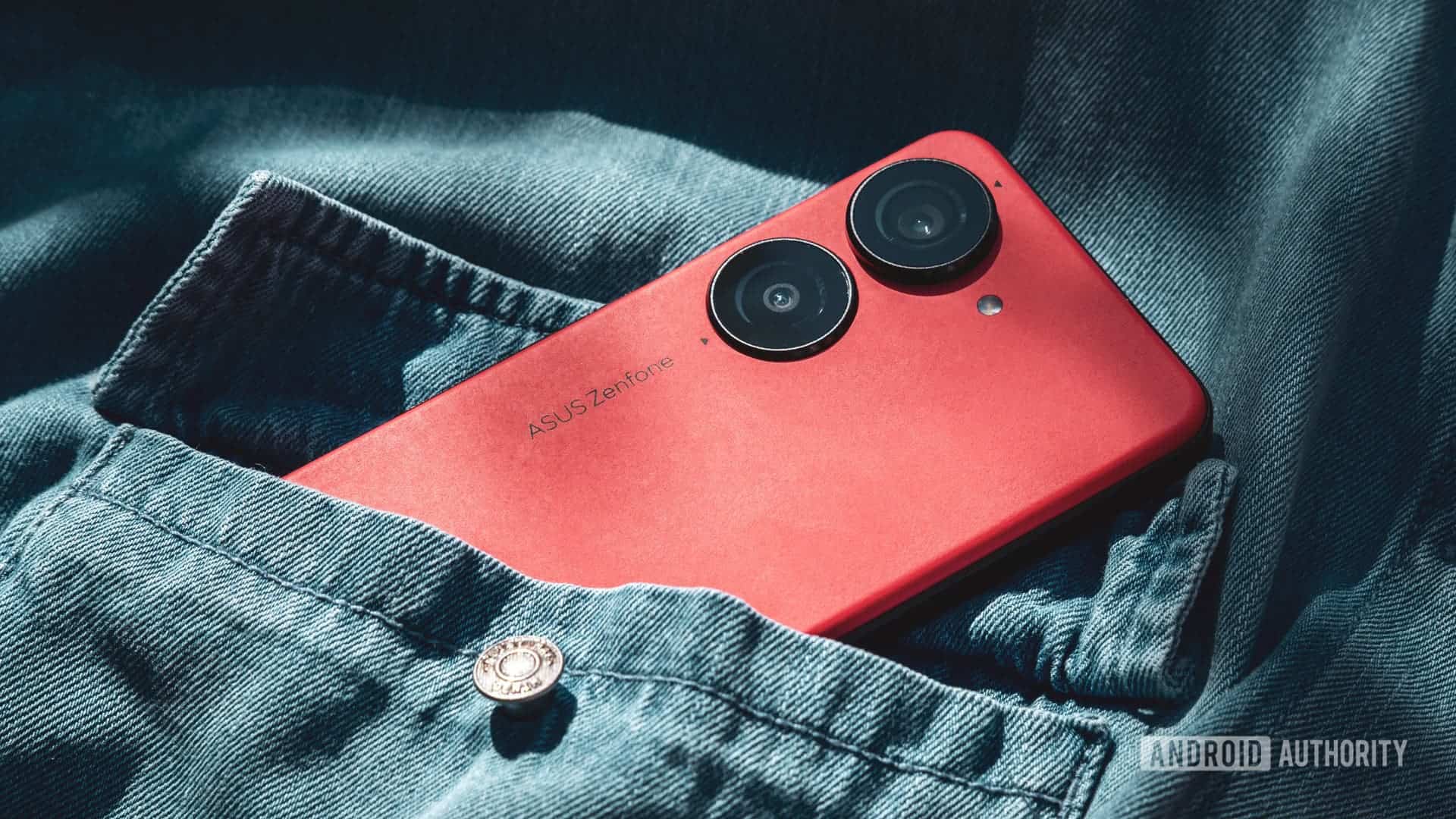
As you can see, the Asus Zenfone 10 commands some attention with its top-notch specifications. However, converting the same attention to sales may be a very difficult task for the company. It is clear that most devices with similar specs cost a lot more than the Zenfone 10, but a few downsides might go against this great piece of device in terms of sales. We have identified four main downsides that may discourage a lot of people from switching to the Asus Zenfone 10 despite its attractive specs.
1. The Asus Zenfone has a Smaller Screen Size 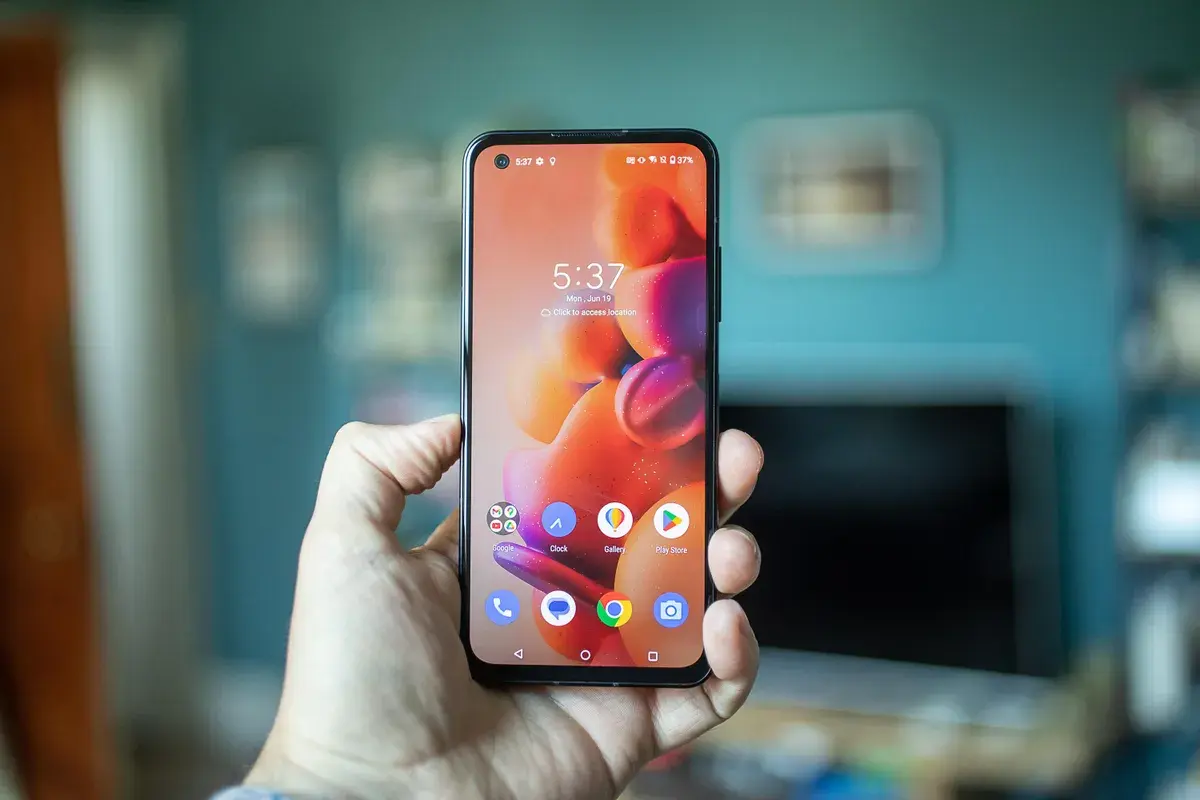
The Asus Zenfone 10 features a true flagship display with vibrant colors. An AMOLED display that has 144Hz refresh rate and 445ppi pixel density should just be enough to please any user. However, a 5.92-inch display is just too small for the modern-day user. A few years back, Apple tried it with the iPhone 12 and 13 series by introducing smaller form factor versions dubbed ‘mini’. Both iPhone 12 mini and 13 mini featured 5.4-inch displays with reasonable specs. However, Apple’s plan for smaller smartphones failed miserably, forcing the company to discontinue such devices.
The Asus Zenfone 10 truly has better screen than Apple’s discontinued compact devices, but the handset suffers from a midrange screen resolution of 1080 x 2400 pixels. Most flagship phones are far beyond such a low resolution. This makes watching videos or viewing web contents look easier and better than devices with lower resolutions. Truly, few people will actually decide to spend 800 EUR on a phone this size despite the power it carries.
2. The Asus Zenfone Has Moderate Battery Life
Well, what do you expect from a device with such little dimensions? Definitely a smaller battery size. The Asus Zenfone 10 does not particularly feature a smaller battery size. It features a 4300mAh battery which should just be enough for the smaller screen. In as much as larger screens consume more battery power than smaller screens, it is worth noting that other components also take their own shares.
As you already know, the Asus Zenfone 10 features a flagship level chipset which is the SD 8 Gen 2 from Qualcomm. This is a very powerful chipset that definitely requires more power to operate than entry-level or midrange chips. Apart from that, there is the software part which also brings its own consumption to the table. Therefore, a device with a smaller display but high-end specs is more likely to consume more battery power than another device with low-end specs.
3. The Asus Zenfone May have a Heating Problem
According to Asus, it has placed a couple of coils within the Zenfone 10 to help control the heating within the device which seems to be a good move. But the little size of the device simply means that users will feel some level of heat if they run high demanding apps for some time. One of the best ways to control thermal problems within any gadget is to allow some breathing spaces.
Checking from the specifications of the Asus Zenfone 10, you don’t need anyone to tell you that there is little or no breathing space within the device. The 4300mAh battery already occupies a chunk of space, in addition to the wireless charging coil and the camera lenses. In a nutshell, if you are to run the same demanding app on both the Galaxy S23 Ultra and the Asus Zenfone 10, the Asus will definitely record a higher temperature than the Galaxy S23 Ultra. This is because the size of the Samsung allows for easier heat dissipation than the Asus.
4. Asus Zenfone 10 Camera Quality 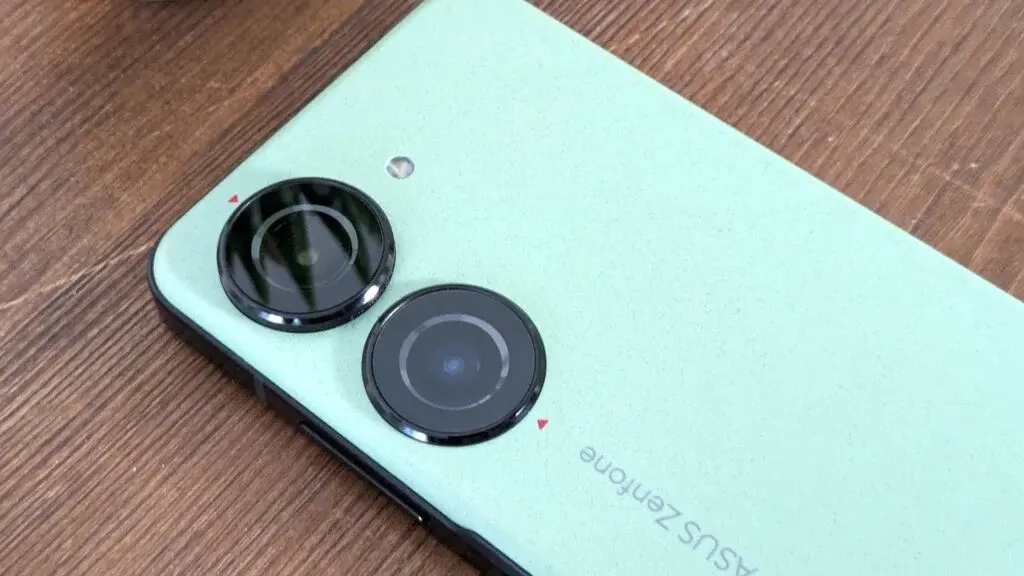
Straight out of the box, you can tell that the Asus Zenfone 10 is not for everyone. We now live in a world where smartphone cameras have become the biggest selling point. It is very rare to see anyone trying to purchase a new smartphone without checking the camera these days. Spending 800 EUR on a smartphone means that most people with expect a top-notch camera performance. However, the smaller size of the smartphone just won’t allow for larger camera sensors.
Also, other sensors like Telephoto lenses and Macro lenses may not be able to fit in here. Telephoto lenses require some number of spaces to operate well. The lens itself needs to separate itself a bit from the sensor in order to allow zooming. Unfortunately, the Azus Zenfone 10 does not have enough room to accommodate such mechanisms. This will only mean that the device will have to settle for smaller sensors and do away with other lenses like the Telephoto lens.
Conclusion
There is no denying that the Asus Zenfone 10 is a true flagship device that can easily handle almost any task that other flagship devices can. However, it looks like most of its problems come down to its size. It is a true flagship device, but its smaller size gives it a few limitations that will make a lot of people wish it was a bit bigger than its current size.
The design and the feel of the smartphone seem very appealing. But the fact that a smartphone with this small size packs-in such high specs will make it quite difficult for users to recommend it or even purchase the next edition if the size remains the same.
Maybe it’s time for Asus to consider increasing the size a little bit to about 6.4″. This will ensure that there is more space for a larger battery, higher screen resolution, larger or extra camera lenses and of course, more breathing space.
Specifications Source / Via: GsmArena

